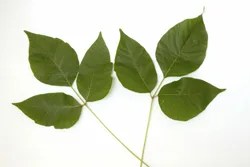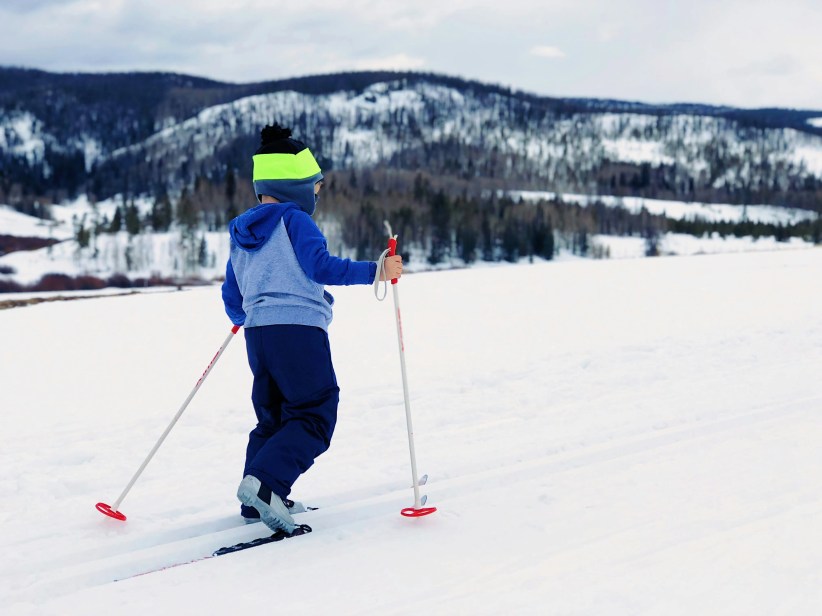Camping is a wonderful family affair. Children and parents work together to set up tents, start campfires, and swat away mosquitoes. Despite our careful planning of every article of clothing to bring, what type of sandwiches to make, and which adult beverages we need, we usually forget something. As a parent, I urge you to add one more item to your list: a poison ivy emergency kit.

Poison ivy, poison oak, and poison sumac are three of the most common weeds in the United States known to cause an allergic skin reaction. The rash associated with these plants can cause intense itching, blistering, and pain. Knowing how to prevent these dreadful rashes from affecting your little ones will help ensure that your next outdoor excursion is a scratch-free one. Following are some suggestions:
Prevention:
Appearance is everything: Contrary to popular belief, the saying, “Leaves of three, let it be” is only partially true. While poison ivy and poison oak usually have three leaflets, poison sumac normally has seven to 13.
And it is not the leaves themselves, but the colorless uroshiol oil that is responsible for the allergic response. When poisonous leaves are damaged and the oil is exposed to air, the oil turns black and you may see tiny black dots on the leaves, a warning sign to stay away.
Establish fear: Let your children know that if they do tempt fate and go play in a patch of poison ivy, the family trip is likely to be ruined.
Form a barrier. Try an over-the-counter lotion that forms a protective barrier on the skin, such as Ivy Block applied 15 minutes prior to possible exposure.
Pyromaniacs beware: When poisonous plants are burned, they emit dangerous fumes that can also cause an allergic response.
Treatment:
Immediately rinse affected areas of skin with cool water. If water is not available, you can use rubbing alcohol. Don’t forget to thoroughly rinse any objects that may have come in contact with the oil, such as sunglasses, shoes, and gloves.
Poison Ivy Emergency Kit:
Your kit should contain:
Calamine lotion (for the itch)
Oral Benadryl (for the allergic response)
Tylenol or Motrin (for pain)
Lollipops (for the whining; these work on adults as well)
Call a doctor if:
The initial reaction is severe or symptoms worsen.
The rash seems to be spreading, covers large areas of the body, or affects the eyelids or genitalia.
What NOT to do:
Do not take a hot shower after possible exposure to poison ivy. It can open your pores and increase the reaction.
Do not let your animals run wild through the woods. The oil from the plants adheres very nicely to the coats of our furry friends.
With any family trip, you are likely to encounter some obstacles. Whether it’s a flat tire or a case of itchy, oozing poison ivy, there are treatments available. So, on your next family adventure outdoors, remember two important things: your poison ivy emergency kit, and an extra bag of lollipops because you never know when you may need them.
*P.S.S. (Parent Sanity Saver): Before your next camping trip or hike through the park, take your kids online and view some poisonous plants so they can try their best to avoid them.
TARA KOMPARE, PHARM.D., is the mother of two amazing little girls. Her book, The Colic Chronicles (Da Capo Lifelong), is scheduled for release in July. www.themedicinemom.com or drk@themedicinemom.com.



















